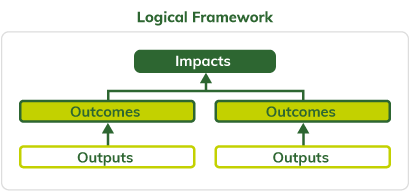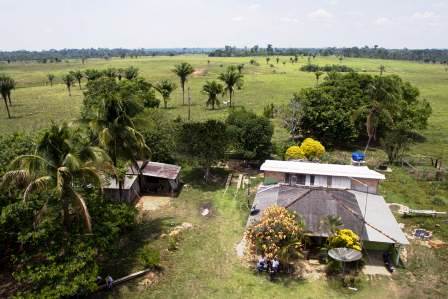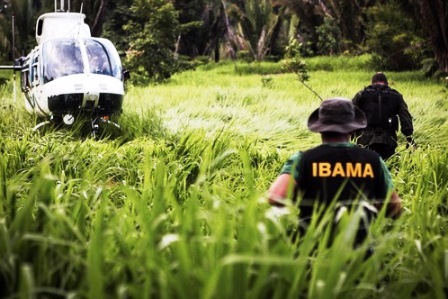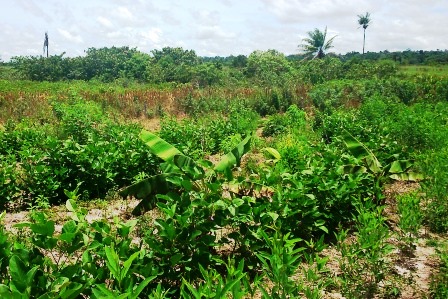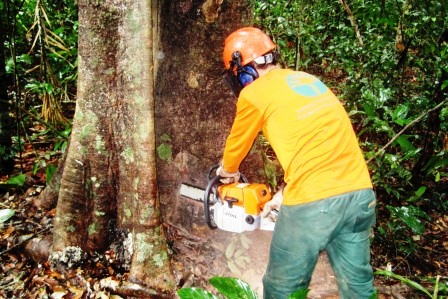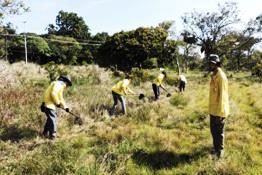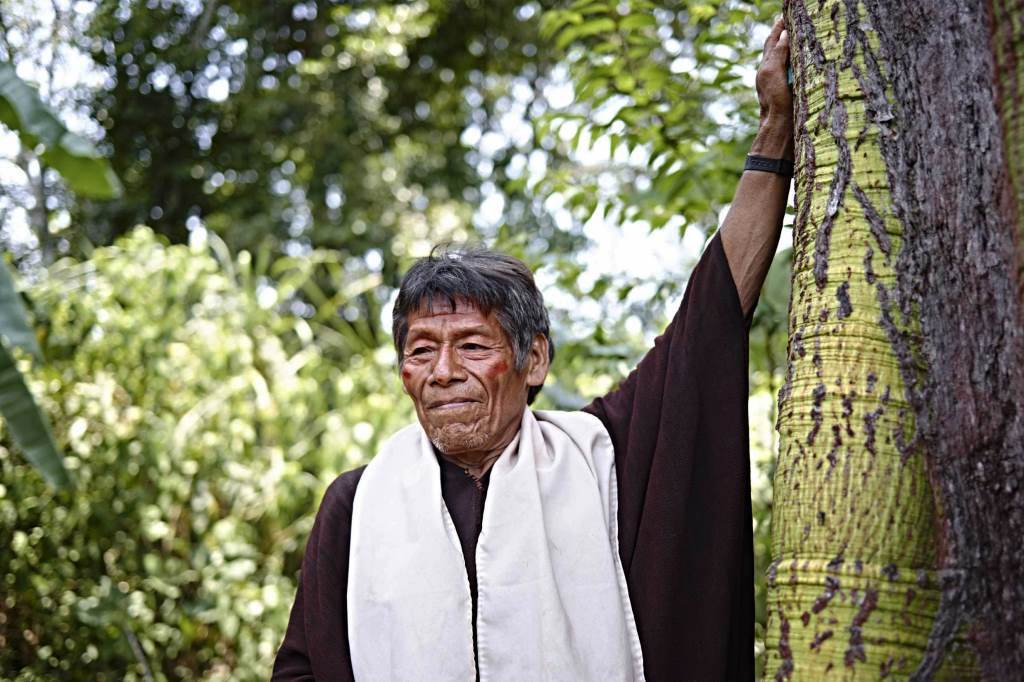Institutional and administrative aspects
Preventing and combating deforestation depends on integrated action of public bodies at several government levels, with the necessary mobilization of civil society. With the support of this project, the state of Pará was able to engage municipal governments in this area, and their commitment – providing staff for training personnel and focusing on local environmental management – was essential to reach the results in CAR registration and decentralization of environmental management.
Another highlight was the availability of SEMAS/PA’s own technicians to prepare and deliver courses for municipal technicians. Thus, training was given by those who effectively execute the activities of environmental licensing, inspection and management, which reduces the distance between theory and practice and strengthens the bonds between the different actors in charge of this agenda in the state of Pará.
Indicators of results and impacts
The project’s activities contributed to the results of the “monitoring and control component” (2) of the Amazon Fund Logical Framework.
Monitoring and Control Component (2)
Impact 2: Government action ensures the compliance of anthropic activities with environmental legislation in the state of Pará.
The scope of this effect was measured based on the indicator that monitors the rate of annual deforestation from clear cutting in the state of Pará, verified by INPE with the use of satellite imagery:
- Annual deforestation in the state of Pará
The table below compares year-to-year deforestation rates in the state of Pará as of 2011, the base year of the project, since the first disbursement occurred on December 28th, 2011. Comparing this year with subsequent ones, there was a significant reduction in annual deforested area in the state of Pará, which fell from 3,008 km2 (2011) to 2,413 km2 (2017) per year. Comparing the average deforested area between 2012 and 2017 (2,255 km2) with the deforested area in the base year (3,008 km2) shows an average reduction in annual deforested area of 753 km2, that is, an average reduction of 25% of deforested area in this period. It should be noted that this result cannot be attributed exclusively to the SEMAS/PA project, since other initiatives (public and private, including some supported by the Amazon Fund) contributed to this reduction of deforestation in the state of Pará.
|
Year
|
Deforested Area Variation (km²)
|
Baseline
|
|
2011
|
3.008
|
Baseline
|
|
2012
|
1.741
|
-42
|
|
2013
|
2.346
|
-22
|
|
2014
|
1.887
|
-37
|
|
2015
|
2.153
|
-28
|
|
2016
|
2.992
|
-1
|
|
2017*
|
2.413
|
-20
|
Source: INPE.
*Preliminary data.
Outcome 2.1: Monitoring, control and environmental accountability institutions of Pará structured and modernized.
The main indicators agreed for monitoring this objective were:
- Number of trained public servants using acquired knowledge in the performance of their duties (impact indicator)
It was observed that 139 state servants effectively used acquired knowledge. The training resulted in 269 certifications in nine different courses, namely: management development; botanical identification; assessment of environmental impacts of mining activities; assessment, classification, treatment and disposal of solid waste; assessment of environmental impact studies; procedures for assessing contaminated areas; conservation biology and wildlife management; treatment of industrial effluents; and recovery of areas degraded by mining activities. This indicator exceeded the goal of eighty trained state servants using their knowledge. It is important to stress that the project also supported the training of 480 municipal staff from 127 municipalities in Pará, which was not included in the original goal.
- Number of municipalities developing full environmental management (impact indicator)
The project supported the structuring of 82 OMMAs and by its conclusion there were 117 municipalities in the state of Pará qualified to carry out local environmental management, exceeding the estimated goal of 44 municipalities.
- Percentage of environmental licensing processes analyzed within the legal term (impact indicator)
At the conclusion of the project, SEMAS/PA reported that 60% of licensing processes were being analyzed on time, falling below the estimated goal of 90%. At the beginning of the project this indicator showed that only 32% of processes were analyzed within the established deadlines.
Outcome 2.2: Easier access of Pará farmers to environmental regulation of their properties.
The main indicator agreed for this objective was:
- Number of farms with applications registered with CAR (product indicator)
The goal of this indicator was to have 100,000 farms registered in the state. By the end of the project, more than 162,000 farms had been registered.
Risks and lessons learned
All outputs were delivered and there was progress in all indicators of effectiveness. Other initiatives in the state of Pará contributed to these good results, such as the Green Municipalities Program (PMV), which also received support from the Amazon Fund as of 2014. PMV develops activities that complement the SEMAS/PA project, helping it to achieve results. This synergy between two initiatives confirms the fact that projects submitted to the Amazon Fund are more effective when part of a state strategy.
However, it is important to remember that this project had to be considerably extended, since issues related to the electoral process were underestimated and caused significant delays. These delays were due both to changes in the team in charge of the project and to the prohibition of state donations to municipalities during municipal elections. As the project has a relevant component of decentralization of environmental management, the execution of this part was delayed.
Therefore, an important lesson learned is that when approving projects with public sector bodies, timelines should factor in the possibility that elections may hinder project execution due to management changes in said bodies. Moreover, the electoral legislation imposes prohibitions and restraints that cannot be ignored when estimating the time needed to execute these projects.
Two main risks were identified during project planning, namely: (i) the migration of qualified civil servants to other activities inside and outside the government; and (ii) the postponement of farmers’ adherence to CAR due to extensions in the term to adjust their properties to environmental legislation.
The risk of nonadherence of rural establishments to CAR was not an obstacle to implementing the project, since the target of farms registered with CAR was met, and the risk of public servants trained by the project migrating to other activities unrelated to its objectives has so far not been observed.
Sustainability of results
Long-term sustainability of the results achieved by the project depends on the budgetary conditions of the state of Pará and supported municipalities, which are responsible for the maintenance of the main equipment purchased within the scope of the project, as well as for providing resources to fund the respective environmental agencies.
Much of the project’s investment was focused on the purchase of equipment that requires maintenance and satellite software and images that require regular updating. In periods of fiscal crisis such as the one currently experienced by most Brazilian states due to the slowdown of the national economy, restraints are placed on the budgets of government bodies. When excessively prolonged, this may undermine the results achieved by the project.
However, it should be stressed that the training and qualifications supported by the project tend to have a longer lasting and potentially broader effect considering the spread of knowledge that happens naturally in organizations, regardless of new contributions of public funds.
Lastly, despite the advances obtained with the support of the Amazon Fund, there is a need for new investments in environmental agencies in the state of Pará to structure and qualify them even further for agile and effective environmental management, guaranteeing environmental conformity for local entrepreneurs and populations and timely punishment for offenders.


